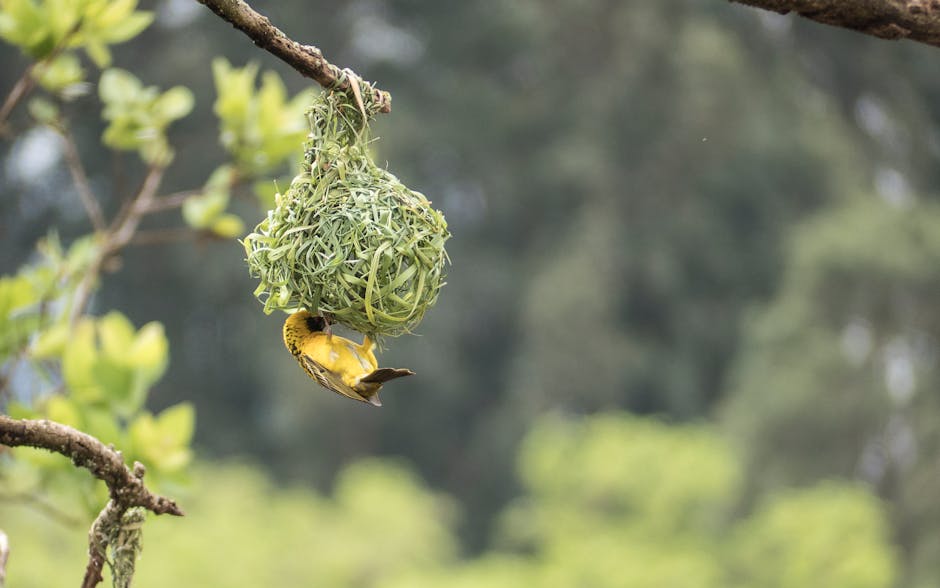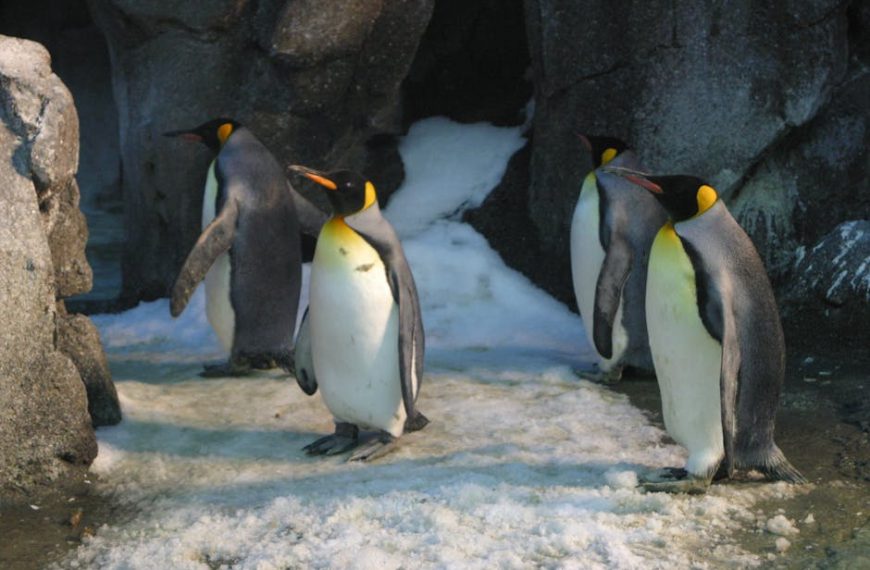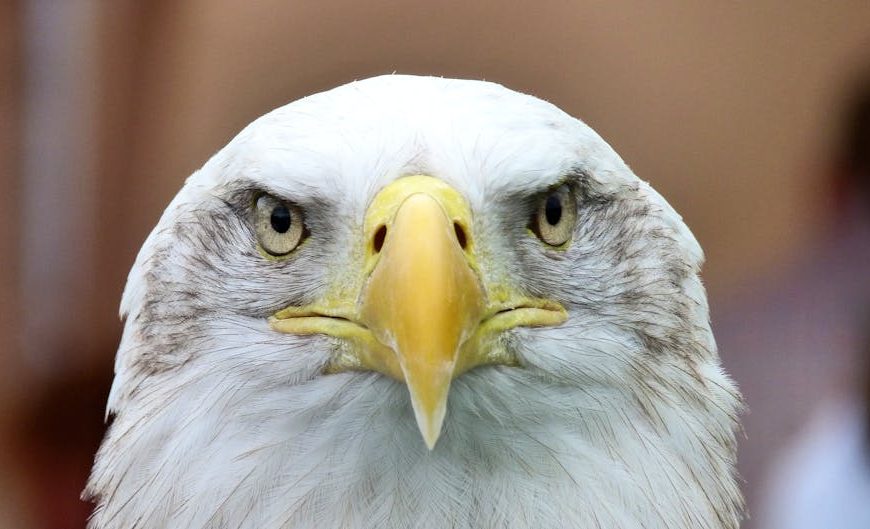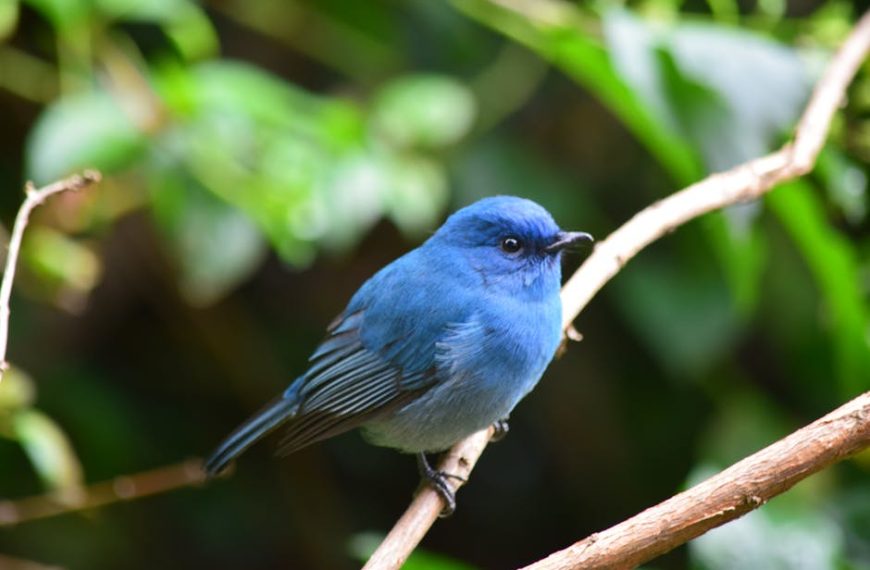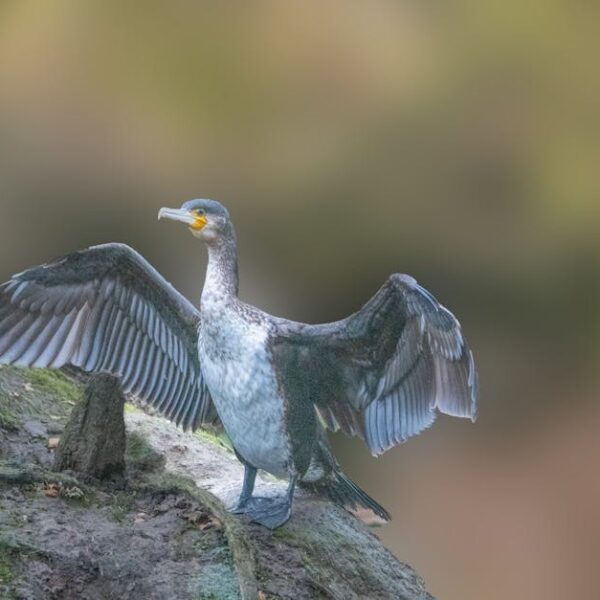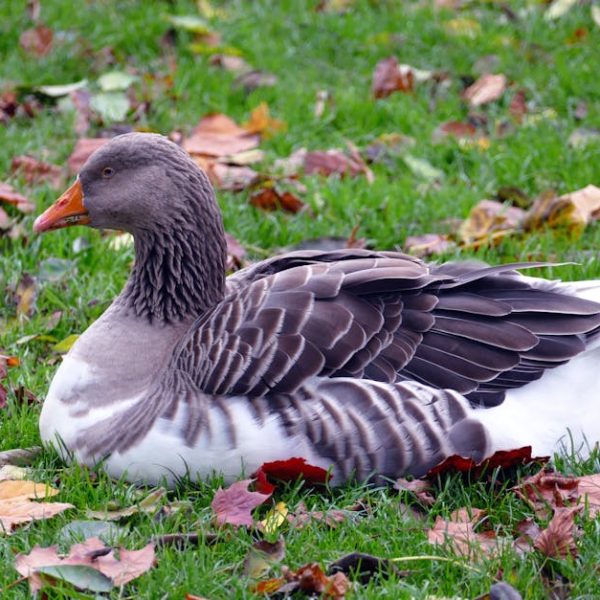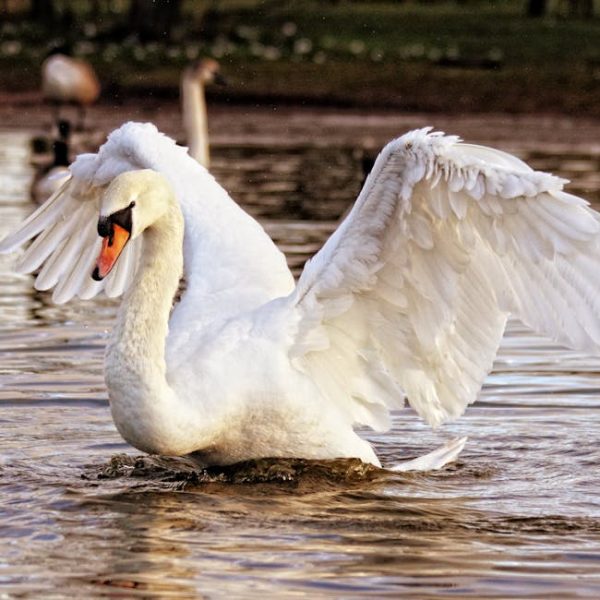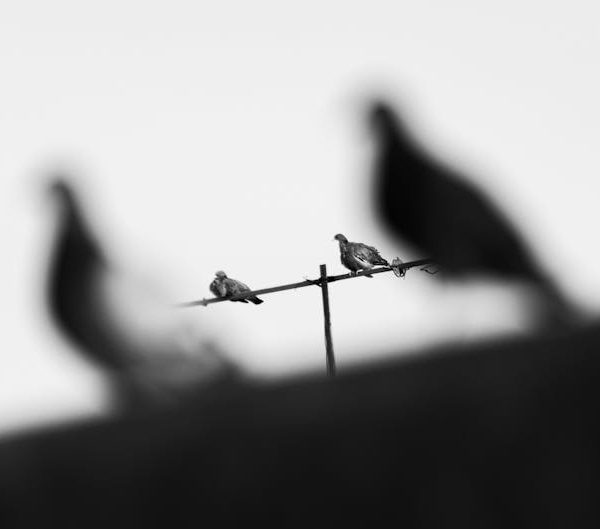Birds, who are much like us humans, also have schedules to their day. However, their schedules are not predetermined by work or social obligations but, instead, mostly by external weather and environmental factors. The most lively time of day for birds is dawn. This is the time many birds begin foraging for food, dealing with mates, and preening their feathers.
There are, however, variations in this pattern. Not all birds wake up at the same time. These differences are often species-dependent, largely determined by their specific feeding, mating and migratory habits. For instance, some species of birds are crepuscular, meaning they are most active during twilight hours (both dawn and dusk). Others may be diurnal, meaning they are most active during daylight hours.
As a bird watcher, knowing the behavioral patterns of different bird species can greatly enhance observation potential. Essential tips include:
- Paying heed to the bird’s feeding habits: Some birds feed early in the day while others prefer hunting during dusk hours.
- Understanding a bird’s mating behaviour can also assist in identifying when they will be most active.
- Migratory birds are most likely to be seen on the move during the early morning light.
The Science Behind Early Bird Activity
What actually governs these avian behaviors? The circadian rhythm, an internal clock that shapes our behaviors too, plays a pivotal role in regulating the daily activities of birds. Circadian rhythms are essentially a continental 24-hour cycle that regulates sleep patterns, feeding, reproduction and numerous other behaviors in both animals and humans.
However, the environmental setting, including the season, can significantly modify a bird’s wake up time and dawn habits. For example, birds typically wake earlier during the breeding season. The availability of food sources, the niche the species occupies, and the geographic location can all affect the timing and nature of morning activities.
Bird watching at dawn has its unique advantages and minor drawbacks:
Pros and Cons of Morning Bird Watching
| Pros | Cons |
|---|---|
| You may spot a wider variety of species as they forage for food after a long night. | Early wake up time required. |
| Chances are more to observe beautiful dawn mating rituals and dances. | It may be challenging to spot birds hidden in the thick morning fog or mist. |
Early Morning Activities of Birds
Once awake, the dawn chorus begins. This mesmerising morning symphony consists of the calls of various bird species as they start feeding, grooming themselves, and performing other essential morning routines. These activities may seem mundane, yet they are critical to birds’ survival and serve essential functions in the complex web of ecology.
Among these early morning activities, the most intriguing is the ‘dawn song.’ This melodious extravaganza is not simply about waking up; it serves dual purposes: to delineate territories and attract potential mates. A pro tip for avid bird watchers: Learn to identify bird species by their distinctive early morning call. Your dawn bird watching sessions will become even more rewarding as you understand the literal ‘tweets’ around you.
The Impact of Seasonal Changes on Bird’s Dawn Activities
Just as humans adjust their activities based on seasonal changes, bird’s dawn activities also adapt to these shifts. Factors such as temperature, food availability, and daylight hours greatly influence when a bird wakes up and what it does at dawn.
For instance, during warmer seasons, when food is plentiful, and daylight hours are long, birds can afford to start their day a bit later. However, in colder seasons, when daylight is scarce and food is less plentiful, birds often begin their day much earlier to maximize foraging opportunities.
Comparing the dawn activities of birds in different seasons can be enlightening:
- Spring: Birds awake extremely early, often before sunrise. This is peak breeding season, and you may observe males performing mating dances or hear elaborate dawn songs.
- Summer: Bird activity begins early due to long daylight hours, but you may notice some species taking a siesta during the hot midday hours.
- Autumn: As migratory birds prepare for their journey, early morning feeding becomes crucial to build up fat reserves.
- Winter: Even though the days are short and cold, birds still begin their day early, foraging for limited food sources to survive.
To facilitate bird watching in various seasons, keep this basic checklist handy:
- Identify local bird species and their seasonal patterns.
- Equip yourself with suitable clothes for each season.
- Carry a good bird book or bird identification app.
- Do not disturb or feed birds; observe them in their natural behaviour.
Early Morning Activities of Birds
The dawn sets the stage for many bird activities. These include feeding, grooming, mating rituals, and singing, all of which contribute to their survival and ecological role.
- Feeding: One of the vital early bird activities is feeding. After a night of fasting, birds need to replenish their energy reserves. This is the best time to observe the hunting and foraging skills of different species.
- Grooming: Birds groom themselves to keep their feathers in top condition. Watch out for this fascinating behavior when birds clean their feathers and get rid of parasites.
- Mating rituals: Some birds engage in elaborate mating displays at dawn. From performing intricate dances to singing melodious tunes, these constitute an essential survival activity for bird species.
Pro tip: To identify bird species, pay attention to their specific songs, the time of activity, feeding and grooming patterns, and their colorful mating rituals.
The Effect of Urban Environment on Bird’s Dawn Activities
Urban environments can significantly impact a bird’s dawn activities. Increased light pollution may make birds start their day earlier, while noise pollution could interfere with their communication.
- Light Pollution: Many city birds begin their activities even before sunrise, a phenomenon known as the urban dawn chorus. This early activity is believed to be a response to increased artificial lighting in urban areas.
- Noise Pollution: Urban noise can disrupt bird dawn choruses, forcing them to sing louder, faster, or at a higher pitch.
In urban areas, dangers like glass buildings, predators, like cats, or limited foraging spots might alter their routines.
Comparing the dawn activities of city birds with those in more natural habitats would look somewhat like this:
| Urban birds | Rural birds |
|---|---|
| Start their day even before dawn due to light pollution. | Wake up at dawn following the natural rhythms of light. |
| Alter their song patterns due to noise pollution. | Retain their typical song patterns in the quiet rural settings. |
| Face dangers like glass buildings and predators like cats. | Experience fewer hazards in their natural habitats. |
In conclusion, the ever-enticing avian dawn activities provide eye-opening insights into the fascinating world of birds. Understanding these intricate dynamics can only enhance your appreciation and passion for bird watching. So next time you are out on an early morning walk, don’t forget to pay attention to the delightful birds around you. Your mornings will never be the same.
Key Takeaway:
- Birds begin their day around dawn, but exact wake-up times can vary based on environment and the specific habits of individual species.
- Circadian rhythms, which operate in roughly 24-hour cycles, regulate bird behaviors, including sleep patterns and feeding routines. These rhythms, however, can adapt to environmental changes, such as seasonal shifts.
- Bird observers can maximize their viewing experiences by understanding and anticipating bird songs and behaviors, which can help identify specific species.
- Seasonal changes dramatically influence bird routines, with adjustments observable in varying temperatures, food availability levels, and daylight hours.
- Urban environments can disrupt bird routines and force adaptations due to light and noise pollution, presenting marked differences in bird activities between urban and rural settings.
There is a wealth of knowledge and majesty to discover in the world of birds, beginning with their early dawn activities. A deeper understanding of these avian routines can certainly enrich your bird-watching experiences and expands your appreciation of our feathered friends. Equipped with this knowledge, you can unlock a whole new layer of interaction and symbiosis with nature.
FAQs
Q: What are some bird species that are known for their distinctive dawn rituals?
A: Each bird species has its unique dawn behaviors. For notable examples, Robins and Song thrushes are well-known for their melodious songs at dawn, while the dance rituals of Peacocks and Birds of Paradise are truly memorable sights.
Q: How does extreme weather affect a bird’s morning routine?
A: Extreme weather, like heavy rainfall or intense heat, can disrupt a bird’s routine significantly. Birds may delay their activities until the weather improves, seek shelter, or even migrate to more hospitable regions if these conditions persist.
Q: How can I help birds adjust to urban environments?
A: Providing birdhouses and feeders can provide safe spaces for urban birds. Limiting light and noise pollution wherever possible and promoting native vegetation can also make urban environments more bird-friendly.
Q: Are the dawn behaviors of birds the same worldwide?
A: No, bird activities can significantly vary across different regions due to variances in daylight, temperature, and availability of food sources. Geographic location and the specific species of the bird also play a role.
Q: How can I further enhance my bird-watching experiences?
A: In addition to understanding bird behaviors, investing in a good pair of binoculars can significantly enhance your bird-watching experiences. Guides and dedicated apps can help with identifying different species.
Please feel free to share this article with friends or fellow bird enthusiasts, and explore our website for more fascinating insights into the world of birds!
